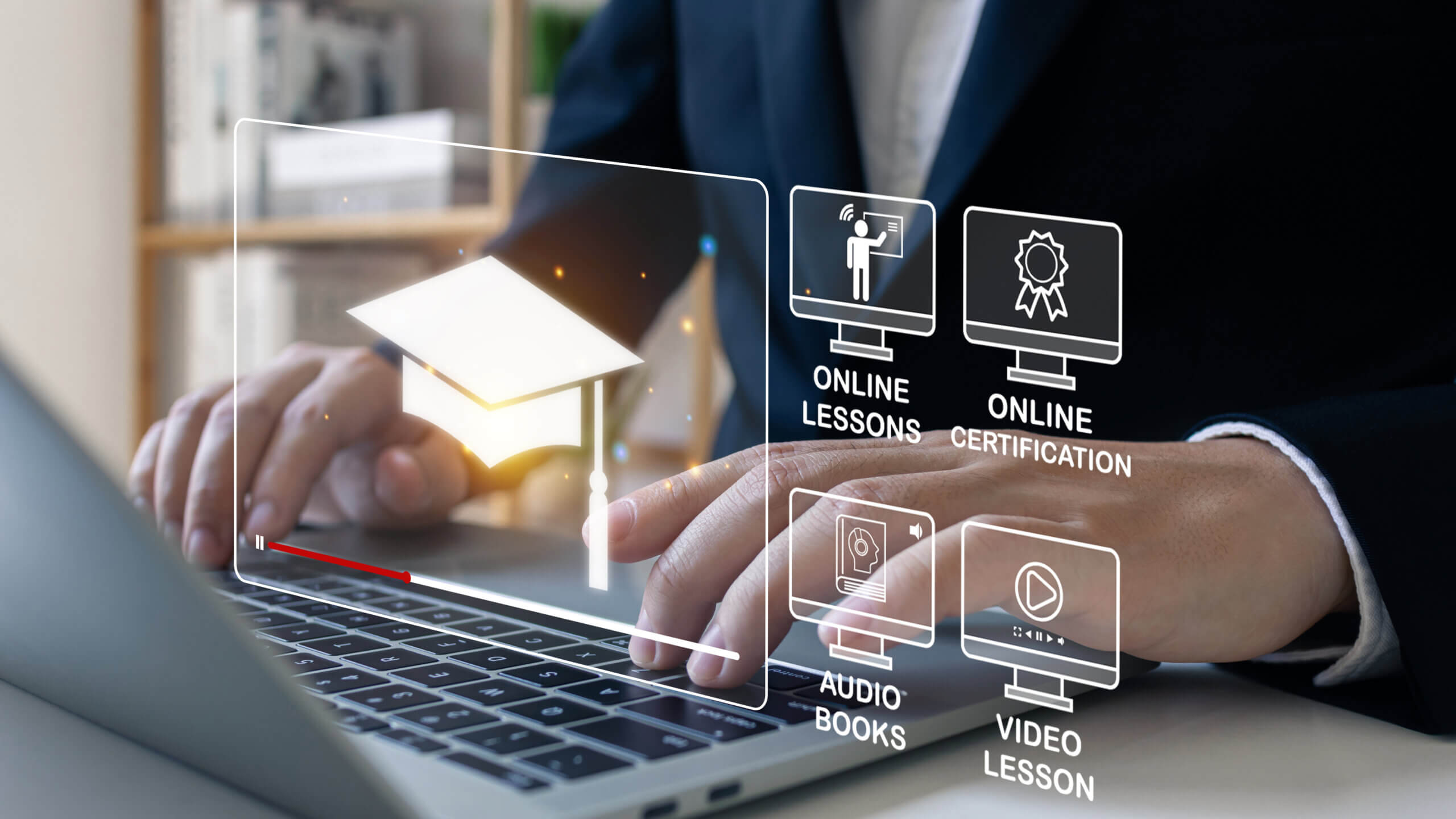In recent years, the field of education has undergone significant changes with the integration of technology. Educational Technology, or EdTech, has emerged as a powerful tool in classrooms around the world. It encompasses a wide range of digital resources, software, and devices that aim to enhance teaching and learning experiences. The rapid advancement of EdTech has raised the question of whether it is truly revolutionizing education. This article explores the impact of EdTech on education and its potential for revolutionizing the way we learn.

Enhancing Access to Education
One of the most notable advantages of EdTech is its ability to improve access to education. With online learning platforms, students can access educational resources and courses from anywhere in the world. This is particularly beneficial for those in remote areas or with limited access to traditional educational institutions. EdTech has made it possible for individuals to pursue education at their own pace and overcome barriers such as geographical constraints or financial limitations. You can search online for more info.
Personalized Learning
Another area where EdTech has shown immense potential is in personalized learning. Traditional classrooms often follow a one-size-fits-all approach, where teachers deliver lessons to a large group of students with varying learning styles and abilities. EdTech allows for adaptive learning experiences by tailoring content and pacing to individual student needs. Through intelligent algorithms and data analysis, educational software can identify areas where students require additional support and provide personalized recommendations. This individualized approach promotes better engagement, comprehension, and academic outcomes.
Interactive and Engaging Content
EdTech has transformed the learning experience by introducing interactive and engaging content. Traditional textbooks and lectures can be supplemented with multimedia elements, such as videos, animations, and simulations. These dynamic resources make complex concepts more accessible and interesting to students, enhancing their understanding and retention of the material. Additionally, gamification elements in EdTech platforms can motivate students through rewards and challenges, making the learning process more enjoyable and immersive.
Collaborative Learning Opportunities
Technology has enabled collaboration among students like never before. EdTech platforms often include features that facilitate group projects, discussion forums, and virtual classrooms. Students can collaborate with peers from different locations, exchanging ideas and working together on assignments. This promotes a sense of community and teamwork, essential skills for the modern workforce. EdTech fosters a collaborative learning environment that transcends the physical limitations of a traditional classroom and prepares students for the interconnected world they will enter.
Data-Driven Insights
The integration of technology in education generates a vast amount of data that can be leveraged to gain valuable insights. EdTech platforms collect data on student performance, engagement levels, and learning patterns. Educators can analyze this data to identify areas of improvement, tailor instruction, and provide timely interventions. Data-driven insights help teachers understand individual student needs and make informed decisions about instructional strategies. This evidence-based approach to education has the potential to revolutionize teaching practices and optimize learning outcomes.
Challenges and Limitations
While EdTech presents exciting opportunities, it also faces challenges and limitations. Adequate infrastructure and access to technology are prerequisites for its effective implementation. Not all students have equal access to devices and internet connectivity, creating a digital divide that hampers the potential benefits of EdTech. Additionally, the rapid pace of technological advancements can make it difficult for educational institutions to keep up with the latest tools and strategies. Proper training and support for teachers are crucial to maximize the impact of EdTech in classrooms.
Conclusion
EdTech has undoubtedly made significant strides in revolutionizing education. It has transformed the way students learn, providing access to education, personalized learning experiences, interactive content, collaborative opportunities, and data-driven insights. However, to fully harness the potential of EdTech, it is necessary to address the challenges and ensure equitable access to technology. With continued advancements and thoughtful integration, EdTech has the power to reshape education and create a more inclusive and effective learning environment for students worldwide.
